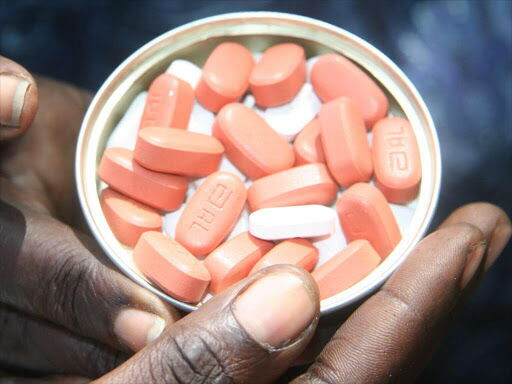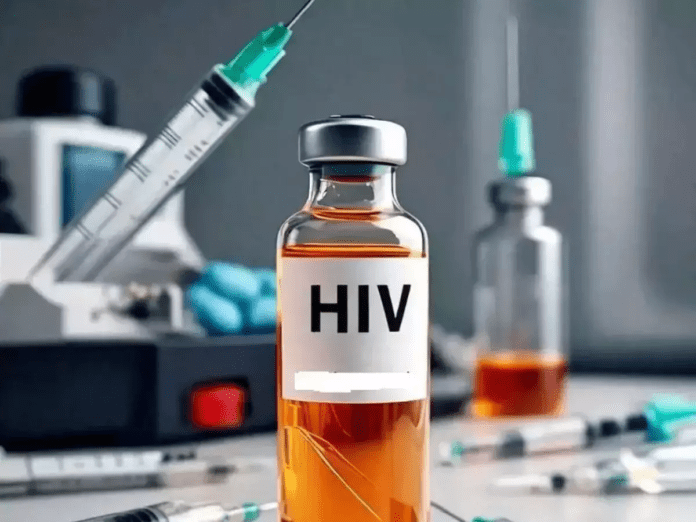The Ministry of Health has dismissed reports alleging a shortage of Antiretroviral (ARV) drugs in the country.
Kenya Medical Supplies Authority (KEMSA) Chief Executive Officer Waqo Erjesa assured Kenyans that ARV supplies are stable, attributing the steady stock to support from the Kenyan Government, the Global Fund, and the United States Government.
“I want to clarify that there is no stockout of ARVs in the country. We are stable, thanks to contributions from the Government of Kenya, the Global Fund, and the United States Government. Together, we have ensured sufficient ARV supplies,” Erjesa stated.
He explained that confusion might have arisen due to a change in the prescribed regimen, specifically transitioning from Atazanavir to Dolutegravir (DTG), without adequately informing all patients.
“The only misunderstanding was related to the change in the regimen. We transitioned to Dolutegravir (DTG) instead of Atazanavir, which may not have been communicated effectively. This change might have caused some confusion,” he added.
The clarification came after concerns were raised about a reported ARV shortage and insufficient condom supplies for HIV prevention. According to the National Syndemic Diseases Council CEO, Dr. Ruth Laibon-Masha, Kenya has 1.378 million people living with HIV, making consistent access to medication critical to maintaining progress in managing the epidemic.
In 2024, Kenya recorded 16,752 new HIV infections, sparking alarm. Additionally, 20,480 AIDS-related deaths were reported, including 2,607 among children.


FILE
BCG Vaccine Shortage
The report also highlighted a shortage of Bacillus Calmette–Guérin (BCG) vaccines, essential for newborns. KEMSA confirmed the issue but reassured the public that measures were being taken to address the gap.
“We are aware of the shortage of BCG vaccines and have already placed an order for 2.34 million doses, expected by the end of the month,” Erjesa noted.
In the interim, KEMSA has redistributed vaccines from low-utilization facilities to high-demand areas. Counties have also been instructed to record children who missed the vaccine to ensure they are immunized once new stock arrives.
Efforts to address these challenges aim to reassure the public and maintain Kenya’s progress in health and disease management.







